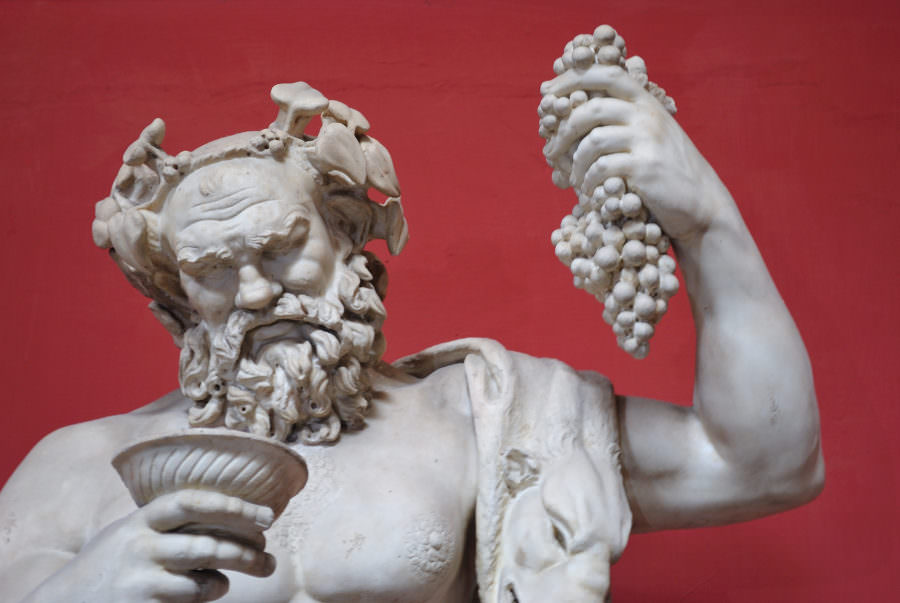Ancient Greece
Acient Greece

Acient Greece is called the Acient Greek civilization, which had a great development in the philosophical field, famous for knowledge, art and temple. The acient Greek world is formed by the set of territories (Greece, Asia Minor, Magna Grecia, Black Sea, North Africa and western Mediterranean), acient Greece, therefore, is a historical and cultural construction, rather than a political, social or territorial reality.

Painting
Architecture

Acient Greece is called the Acient Greek civilization, which had a great development in the philosophical field, famous for knowledge, art and temple. The acient Greek world is formed by the set of territories (Greece, Asia Minor, Magna Grecia, Black Sea, North Africa and western Mediterranean), acient Greece, therefore, is a historical and cultural construction, rather than a political, social or territorial reality.

Archaeological remains indicate that some primitive Mediterranean peoples, closely linked to the cultures of North Africa, inhabited the southern regions of the Aegean until well into the Neolithic period, before 4000 a.n.e. These tests show the cultural evolution from the stone age to the bronze age, which in Greece began in 3000 a.n.e. The world´s first farming communities developed there. In Jericho ( Palestine) cereals were cultivated from 8000 a.n.e.
At the beginning of the III millennium a.n.e., the so-called Aegean civilization evolved to extremely high levels. The Bronze Age civilization in the Aegean was divided into two cultures:
- The Cretan Civilization or Minoan culture, located in the center of the island of Crete.
- The Helladic Civilization (Mycenaean culture, in its most recent period), flourished at the same time in the continental portion of Greece, specifically in the Peloponnese.
Occupations of the ancient Greeks
This town was dedicated mainly to agriculture; It was very hard work: first the field had to be cleared of stones. The Greeks planted mainly barley, which could withstand drought and matured quickly. The slopes of the hills were strewn with bushes of grapes, olive tres, and some legumes, as well as onions.
Livestock farming was another of his occupations. The domestic animals that were used the most were sheep and goats, since they could live on the poor vegetation; they also raised pigs, which they fed on acorns. Farmers and ranchers produced almost everything they needed. they also made iron and bronze weapons as well as gold and knew how to make large wooden boats. Conditions in Greece were favorable for navigation.
Culture and Religion
Worship of the forces of nature
Like all ancient peoples, the Greeks feared the forces of nature. In his imagination all natured was populated by gods who decided on the lives of men. These gods were represented to them as human beings, but immortal and powerful. They believed that the powerful god they called Zeus could strike people with the bright arrows of lightning and that he was responsible for the rain.
Protective Gods
All economic activities: agricultural, livestock, weaving, hunting and others, had a protective god. Dionysus was the god of wine and life. According to the beliefs of the Greeks. this god had taught men to grow the grape and make wine. Furthermore, it symbolized the joy of living, life in nature. They also thought that he is the same god of the Sun, Apollo, he was a young and good-looking man who protected the fines arts. He was always accompanied by the muses: the gods of music and poetry.
literature
The Greeks are owed the creation of the great literary styles still cultivated today. Epic poetry begins with the lliad and the Odyssey.
Arts
Its manifestations stand out above all for its extreme humanism: its object is the glorification of man as the most exalted of all creature. Even in the representation of the gods, they make use of human proportions and forms. In addition, they expressed the supreme Greek ideals of balance, measure, order and moderation, highlighting simplicity in everything.
Painting
The Greeks, like most European cultures, considered painting to be one of the highest forms of art. The painter Polignoto de Tasos, who worked in the 5th century a.C. Greek painters generally worked with Wood paneling, which quickly deteriorated (after the 4th century a.C.), when it was not well protected.
Greek ceramics is one of the highest summits in the History of Art .
From this period, the making of ceramics for daily use, or fo a funeral nature, stands out, where large vases were used, very well provided.
Most of the pottery is made up of domestic pieces, of which vessels such as amphorae, small craters and hydrias remained. On the other hand, several urns have been found from the funerary ceramics. Baked clay figurines were also made, mainly to be deposited as an offering in the temples.
Architecture
One of the most easily recognizable signs of Greek artistic achievement is its graceful architecture, characterized by elegant stone columns and sculpted triangular pediments of the three architectural styles that developed between 600 and 300 a.C. These styles were created to them. Sculpted in marble, they imitated the techniques of cutting the wood of buildings originally made of this material.
Greek architecture is determined by balance, order, proportion, and measure.
Greek Architecture Styles:
- Doric Order
- Ionian Order








Comentarios
Publicar un comentario